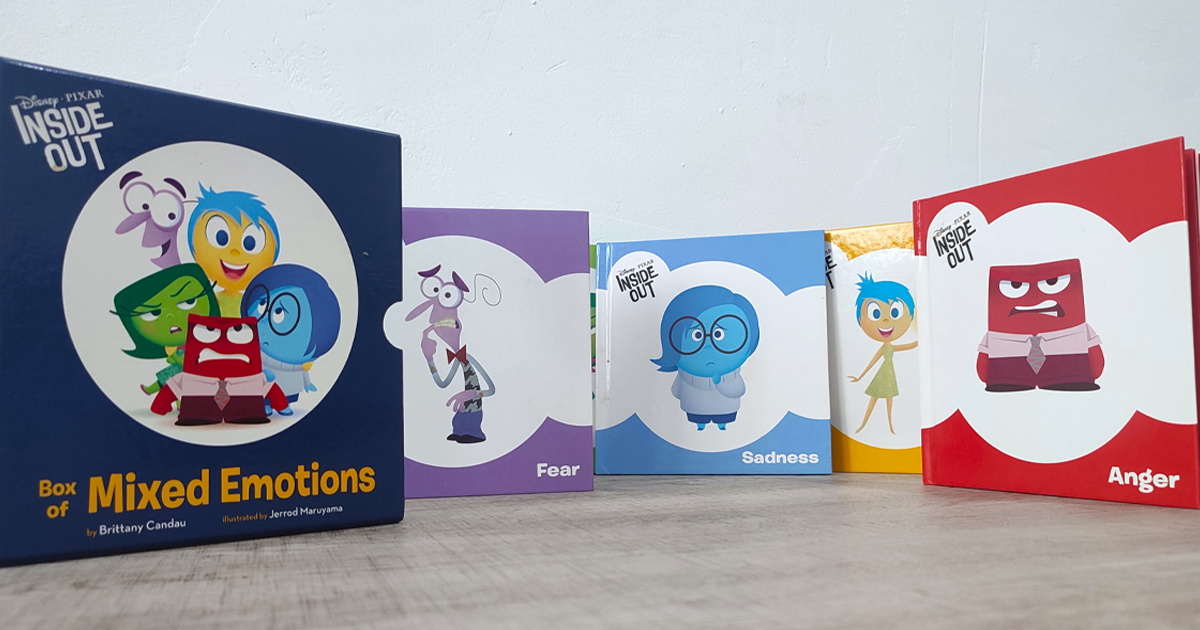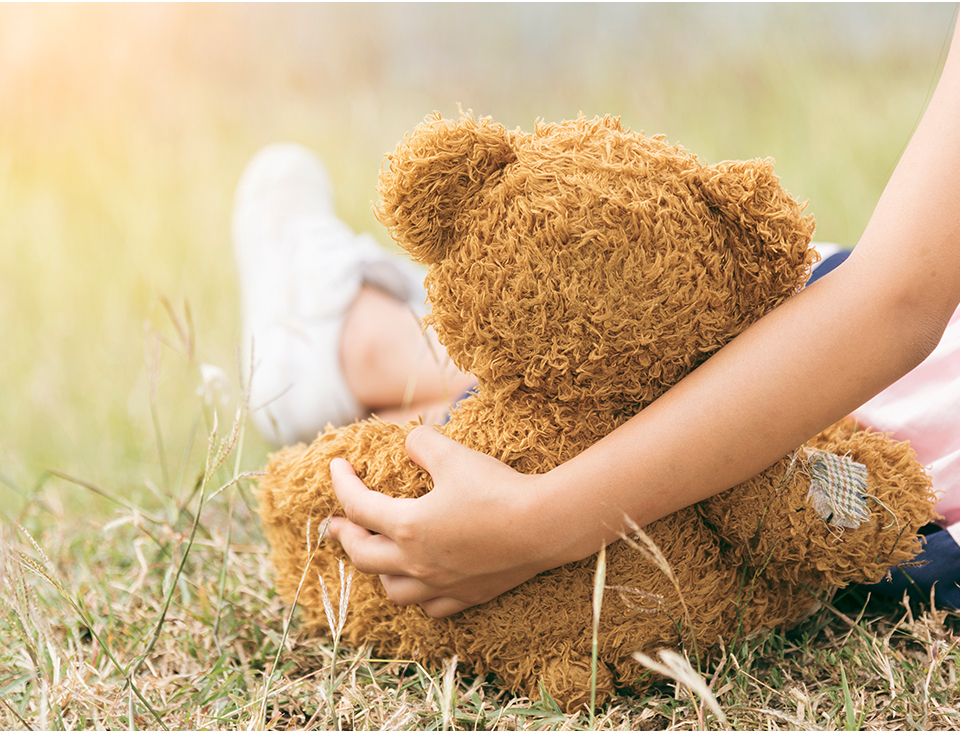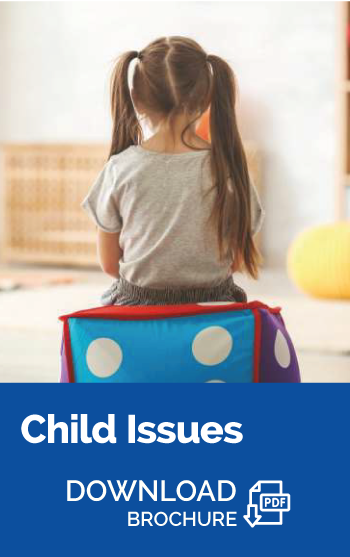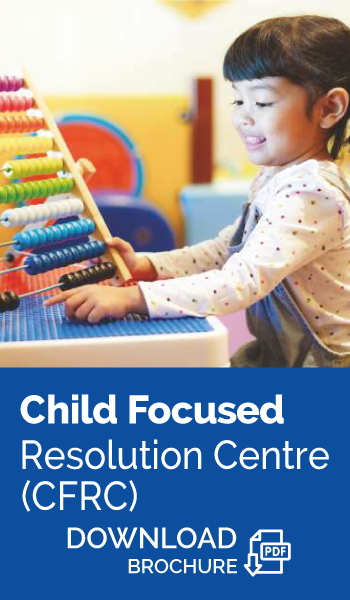
Just like growing pains, divorce triggers an emotional earthquake. We revisit familiar characters like Joy, Sadness, Anger, Disgust, and Fear, but this time, they’re joined by Anxiety, Envy, Embarrassment, Ennui (apathy / indifference), and Nostalgia in a child’s emotional headquarters grappling with the fallout of a family breakup.
- Joy is furiously replaying core happy memories, desperately clinging to the once happy memories.
- Sadness is a storm threatening to drown everything in blue.
- Anger fuels resentment towards the parents for the fallout.
- Fear whispers worry.
- Disgust is repulsed by the thought of a new family dynamic, with step-parents, step-siblings, and a whole new set of rules.
Divorce can introduce a whole new cast of characters, each one vying for control of the child’s emotional headquarters.
- Anxiety bombards the child with “what-ifs,” often paralyzing them.
- Envy creeps in, fuelled by the sight of seemingly happy families around them.
- Embarrassment makes them shrink away from questions and whispers, afraid to talk about their problems.
- The continuous upheaval and loss of familiar traditions can leave a child feeling apathetic, burdened by Ennui.
- Nostalgia adds a bittersweet pang, making happy memories a reminder of what they have lost.
But here’s the thing: all these emotions are important and needs to be ventilated as the child experience the changes. The good news is – the child can learn to navigate this emotional rollercoaster. Here’s how parents can help their child cope:
Invite Safe and Open Communication
: Parents, while also struggling with their own emotions, should seek to create a safe space for their child to express their emotions, no matter how messy or confusing they may seem.
Acknowledge the Emotions
: Try not to dismiss the somewhat “negative emotions” like sadness, fear, anxiety or disgust. Similarly, try not to force them to “remain joyful or to recalling happy memories. Let your child know it is okay to feel everything.
Maintain Routines
: Keep to familiar routines and traditions as much as possible to provide stability and comfort for the child.
Hold the Child Close
: Offer physical affection and reassurance when they are experiencing these complex emotions. Do not push them away.
Expect Changes in the Child
: Understand that the child may experience and display changes in their behaviour – including some which may be considered disruptive or negative. Guide them through this transition.
Reminder that they are Loved
: Remind the child that he or she is still loved by both parents. Remind the child that it is not their fault the family is changing, and that even though the family now looks different, they can still create new happy memories.
Everything will be OKAY
: While it may not feel like it right now, let them know it is okay to feel everything they are experiencing and remain positive that things can work out.
Read more: The Effect of Divorce on Children – An Age-by-Age Guide
Remember, divorce is a complex experience for all involved, including the child who may not fully understand why it’s happening. However, by recognising their internal emotional turmoil, a child can learn to navigate this difficult time and may even learn a valuable lesson about the importance of all of their emotions – good or bad.
Read more: Tips to Guide Children During Divorce


We’re here for you
We have a dedicated family law team ready to listen, understand your situation, and advise you on:
- Child Custody & Maintenance issues;
- Access Arrangements;
- Parenting Plans;
- Relocation issues.









